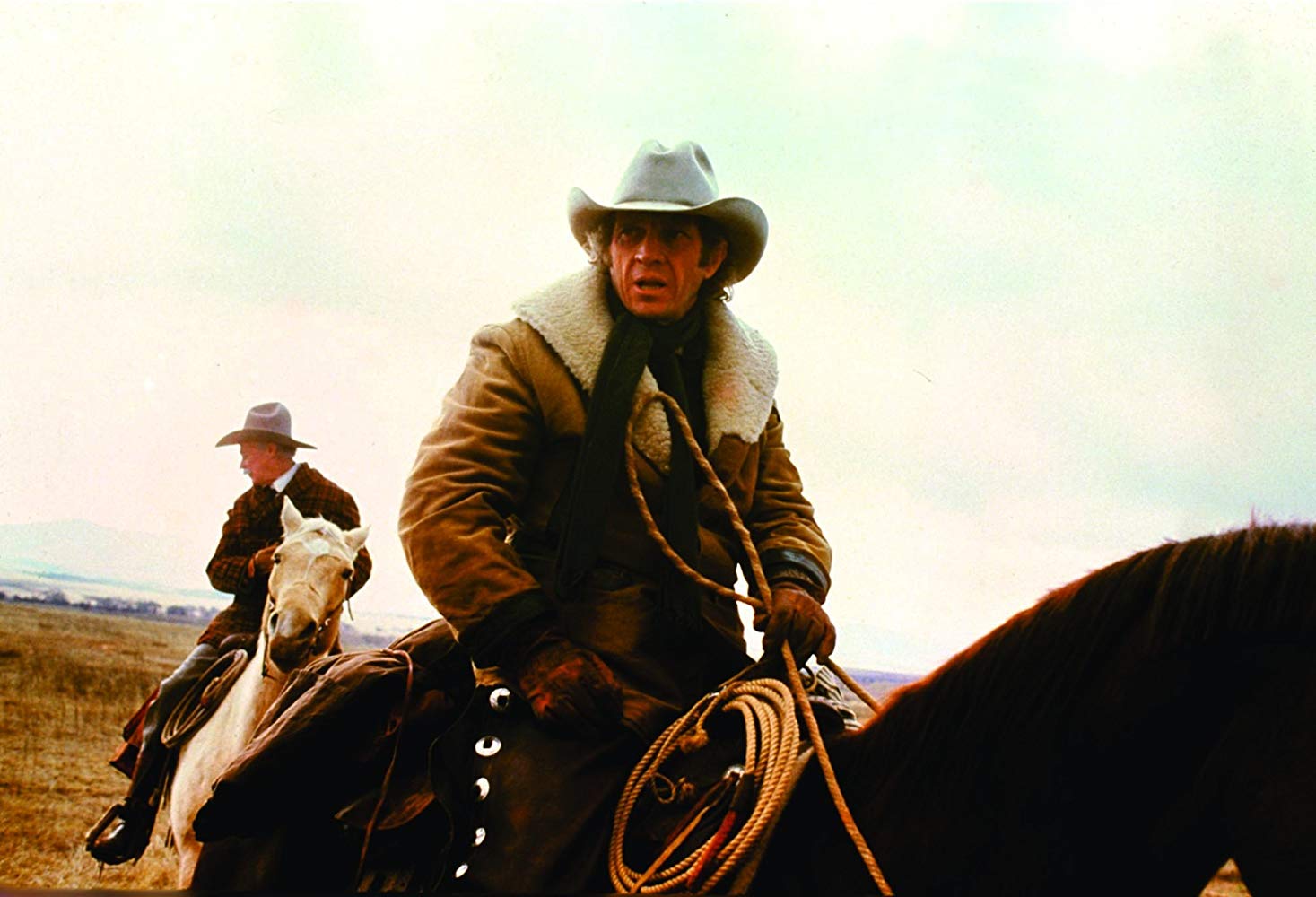
Grayscale images, often called black and white or monochrome, are composed of varying shades of gray, from pure black to pure white. This technique, rooted in the early days of photography, has evolved with digital advancements, offering precise control over image conversion. Grayscale enhances texture, emphasizes form, and sets a specific mood, making it a favorite in artistic photography. Beyond aesthetics, it plays a surprising role in reducing smartphone addiction by making screens less engaging. This shift can lead to improved digital well-being, increased productivity, and better sleep quality. Dive into these 50 facts to understand the profound impact and diverse applications of grayscale.
Key Takeaways:
- Grayscale, also known as black and white, uses varying shades of gray to create images. It's not just for art; it can also reduce smartphone addiction and improve digital well-being.
- Grayscale is more than just a visual technique; it impacts our minds and social interactions. It can increase social interaction, reduce stress, and even promote sustainability by lowering energy consumption.
What is Grayscale?
Grayscale, also known as black and white or monochrome, is a visual representation where images consist of varying shades of gray. This technique has been used in various fields, from photography to digital design.
-
Definition of Grayscale: Grayscale uses different shades of gray to represent an image. Each pixel is assigned a value representing its brightness.
-
History of Grayscale: The use of grayscale dates back to the 19th century with early photography. Digital photography in the 20th century allowed for more precise control over grayscale conversion.
Grayscale in Photography
Grayscale plays a significant role in photography, emphasizing elements that might be overshadowed by color.
-
Applications in Photography: Grayscale emphasizes form, texture, and mood, making it popular for portraits and street photography.
-
Enhancing Texture: Removing color distractions lets viewers focus on intricate details like the grime on faces or the matted nature of hair.
-
Setting a Mood: Grayscale can create a somber or introspective atmosphere, often used in artistic photography.
-
Luminance Importance: In grayscale images, luminance (brightness) becomes more prominent, making certain elements stand out more clearly.
-
Removing Distractions: Converting a photo to grayscale removes color distractions, allowing viewers to focus on the subject and composition.
-
Portraits and Grayscale: Grayscale is effective in portraits, emphasizing lines, light, and shadow by removing color distractions.
-
Other Subjects and Grayscale: Grayscale can be applied to various subjects like street scenes, landscapes, and abstract images, revealing new aspects of the subject.
Grayscale and Digital Well-being
Grayscale isn't just for art; it can also impact our digital habits and well-being.
-
Impact on Smartphone Addiction: Grayscale can reduce smartphone addiction by making screens less engaging.
-
Reducing Screen Time: Studies show that grayscale screens can significantly reduce screen time.
-
Improving Digital Well-being: Grayscale reduces salience, reactivity, and monitoring, leading to better quality of life.
-
Perceived Control: Users report higher perceived control over smartphone usage with grayscale.
-
Perceived Overuse: Grayscale reduces perceived overuse of smartphones, making users less likely to constantly check their devices.
-
Online Vigilance: Grayscale reduces the tendency to constantly monitor the phone, decreasing stress.
-
Productivity: Self-reported productivity increases with grayscale, as the lack of color distractions helps focus on tasks.
-
Stress Reduction: Grayscale reduces self-reported stress levels by making screens less engaging.
-
Sleep Quality: Self-reported sleep quality improves with grayscale, thanks to reduced screen time.
-
Immediate vs. Later Effects: The effects of grayscale on smartphone usage can occur immediately or later, with significant changes often observed in the first few days.
-
Participant Demographics: Studies typically involve participants aged around 22, with most having never used grayscale before.
-
Participant Intentions: Nearly all participants intend to reduce smartphone use, though few use grayscale frequently.
-
Evaluation of Grayscale: Participants find grayscale easy to use but annoying, often unaware of its positive effects.
-
Awareness of Screen Time Reduction: Despite reduced screen time, participants often don't believe grayscale has reduced their screen time.
-
Awareness of Well-being Improvement: Participants often don't believe grayscale has improved their well-being, indicating a lack of self-awareness.
-
Future Use of Grayscale: Half of the participants would rarely use grayscale again, while others would use it often or sometimes.
Grayscale in Design and Art
Grayscale isn't just practical; it's also a powerful tool in design and artistic expression.
-
Grayscale in Design: Grayscale creates a neutral, balanced visual experience, focusing attention on specific elements.
-
Typography and Layout: Grayscale makes typography and layout more noticeable, drawing attention to content over aesthetics.
-
Removing Gaudy Ads: In digital media, grayscale makes gaudy ads less noticeable, improving readability.
-
Enhancing Accessibility: Grayscale enhances accessibility by reducing the visual impact of certain elements, useful in web design.
-
Artistic Expression: Grayscale allows artists to focus on the essence of their subject, creating profound visual experiences.
-
Historical Significance: Grayscale has historical significance in photography, creating timeless images that inspire artists.
-
Technological Advancements: Digital technology has made grayscale conversion easier, opening new possibilities for artists and designers.
Psychological and Social Impact of Grayscale
Grayscale can affect our minds and social interactions in surprising ways.
-
Psychological Impact: Grayscale reduces the addictive nature of smartphones, leading to more mindful technology use.
-
Social Interaction: Using grayscale can increase social interaction by reducing time spent on smartphones.
-
Environmental Impact: Reducing smartphone addiction through grayscale can lower energy consumption, promoting sustainability.
-
Productivity Tools: Grayscale helps users stay focused on tasks, increasing productivity.
-
Mental Health Benefits: Grayscale reduces stress and anxiety from constant smartphone use, improving mental well-being.
-
Physical Health Benefits: Reduced screen time with grayscale leads to better sleep quality, essential for physical health.
Grayscale's Cultural and Educational Value
Grayscale holds cultural significance and educational value, influencing various fields.
-
Cultural Significance: Grayscale creates timeless, culturally relevant images reflecting the essence of an era or style.
-
Educational Tools: Grayscale helps students focus on studies by reducing distractions, leading to better academic performance.
-
Professional Use: In professional settings, grayscale creates a formal, serious atmosphere, often used in business presentations.
-
Personal Preference: Some people prefer grayscale images for their aesthetic, while others find them less engaging.
-
Artistic Expression in Film: Grayscale in film, like in "Pleasantville," creates specific moods or atmospheres.
-
Technological Limitations: Some images may not convert well to grayscale, losing important details.
-
Creative Freedom: Grayscale allows artists to experiment with different shades of gray, creating unique visual experiences.
-
Historical Influence: Grayscale has influenced photography and design, inspiring new techniques and styles.
-
Educational Value: Grayscale teaches artists about composition, texture, and mood in visual communication.
-
Professional Development: Grayscale helps professionals stay focused on tasks, improving performance and productivity.
-
Personal Growth: Grayscale helps individuals develop healthier habits and a balanced lifestyle by reducing smartphone addiction.
-
Future Applications: With increasing digital technology use, grayscale will continue to play a significant role in various fields, from photography to design.
Grayscale's Lasting Impact
Grayscale isn't just about black and white photos. It plays a crucial role in photography, design, and even digital well-being. By removing color distractions, grayscale enhances texture, mood, and focus. It helps photographers highlight details and designers create balanced visuals. Surprisingly, it can also reduce smartphone addiction, leading to better productivity and mental health.
Using grayscale on your phone might seem annoying at first, but it can significantly cut down screen time and improve sleep quality. It encourages more mindful use of technology, making you less likely to get sucked into endless scrolling. Whether you're an artist, designer, or just someone looking to improve your digital habits, grayscale offers a simple yet powerful tool. Its versatility and impact make it a timeless choice in our increasingly colorful world.
Frequently Asked Questions
Was this page helpful?
Our commitment to delivering trustworthy and engaging content is at the heart of what we do. Each fact on our site is contributed by real users like you, bringing a wealth of diverse insights and information. To ensure the highest standards of accuracy and reliability, our dedicated editors meticulously review each submission. This process guarantees that the facts we share are not only fascinating but also credible. Trust in our commitment to quality and authenticity as you explore and learn with us.


